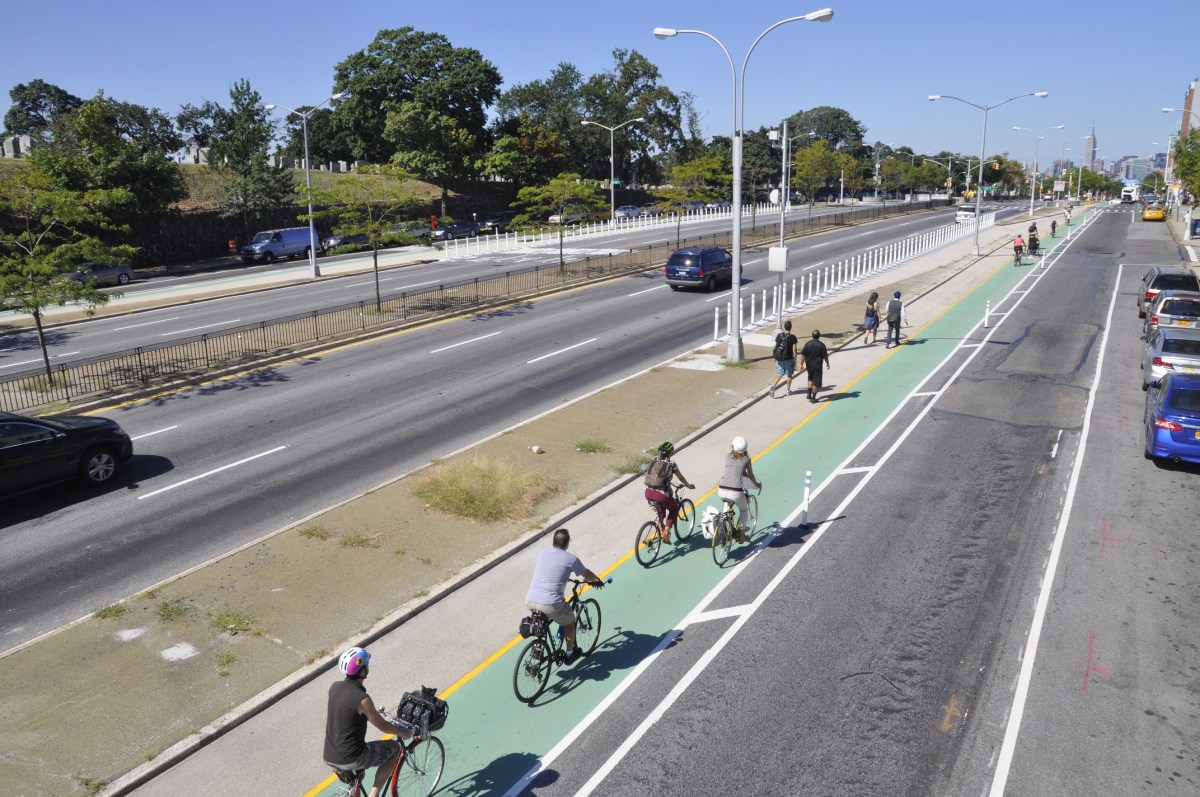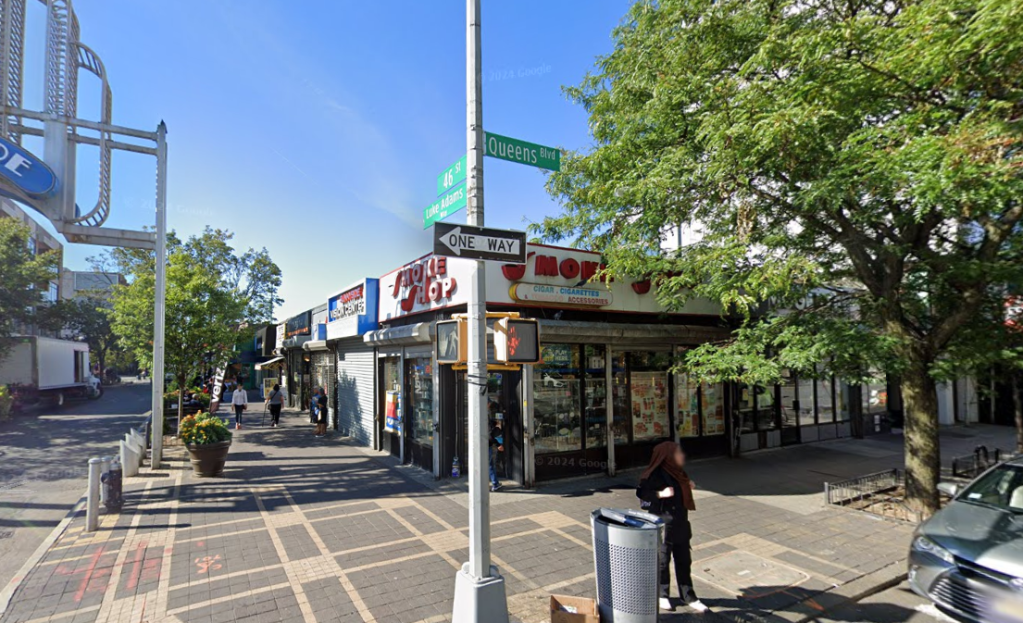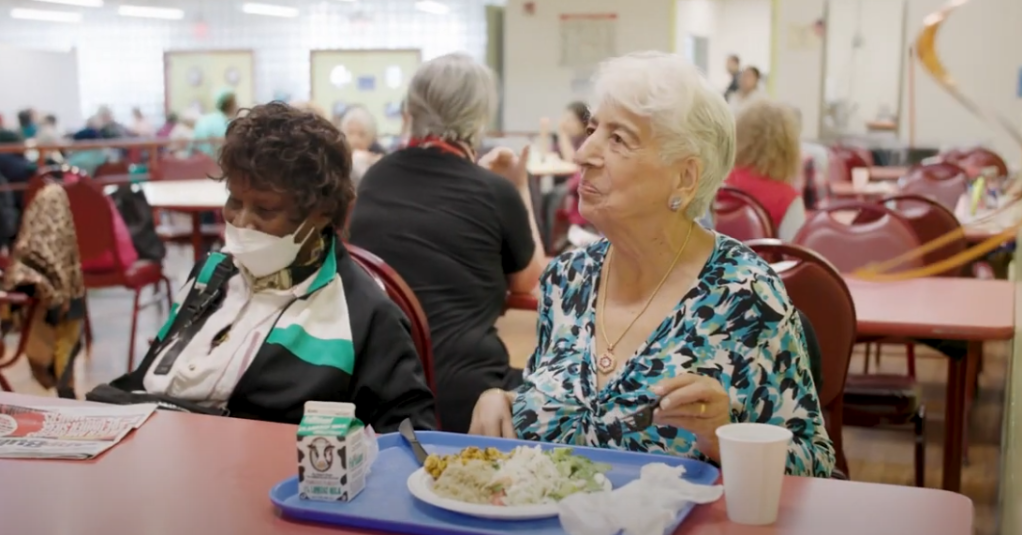Many western Queens residents who frequent Queens Boulevard protested the roadway’s new protected bike lanes, arguing that they cause more traffic and unsafe driving conditions.
But a number of residents who use bicycles as their main mode of transportation applauded Community Board 2 at its Thursday meeting for approving the bike lanes’ implementation. At least seven people from Sunnyside, Woodside, Astoria and Rego Park noted that the lanes have made their commutes safer and easier.
The first phase of the bike lanes were installed in July, between Roosevelt Avenue and 73rd Street in Woodside. The entire project will be completed by 2018 and was started to transform the dangerous corridor after it garnered the nickname “boulevard of death.”
Paul Gilbert, a Woodside resident, said he would avoid biking down Queens Boulevard because he feared for his life but that has since changed.
“I use it all the time. I go to businesses on the boulevard far more than I used to,” Gilbert said. “I think with more trees and more amenities it could be a beautiful, wonderful boulevard. I really encourage the community board to support that.”
Josh Weisner, who has been a bike messenger for 11 years, said he has lost four teeth and suffered from a broken wrist as a result of getting “doored” by drivers who suddenly open their door and injure cyclists.
“The bike lanes on Queens Boulevard have made my life so much easier that I cant really even put it in words,” Weisner sad. “Having a bike lane separate from traffic on the left hand side has improved my life immensely.”
Nick Johnson, a Sunnyside resident who bikes to work in midtown Manhattan every day, argued that by biking to work, he is one less person crowding the 7 train during morning and evening commutes.
Lifelong Astoria-resident Juan Restrepo noted that bicycling organization, People for Bikes, named the Queens Boulevard bike lanes as one of America’s best bike lanes of 2015 and urged people to remember that these changes are making Queens Boulevard safer for people.
“We are not cyclists, we’re not drivers, we are not pedestrians, we are people,” Restrepo said.
Cristina Furlong, founder of Make Queens Safer, said that she and her husband bike to and from work and wanted to thank the community board for working with the Department of Transportation (DOT) to implement these lanes.
“This community board, since I moved to Queens 23 years ago, has always been progressive about this issue,” Furlong said. “You guys are leading the way for the rest of New York City.”
Not everyone was convinced of the bike lanes’ benefits however. Bill Kriegler, who has voiced his disappointment with the bike lanes in previous CB 2 meetings, said he has drawn up an alternative plan that would switch the bike lanes to the right-hand side.
“The problem is our traffic is increasing, you have construction going on on Queens Boulevard,” Kriegler said. “Keep the bike lanes, we have to keep the bike lanes but we gotta move it from the left lanes. It’s murder, it’s terrible out there.”
Patrick O’Brien, CB 2 Chair, said the process of installing these bike lanes was “ongoing” and that he toured Queens Boulevard with DOT Commissioner Polly Trottenberg to point out a number of concerns to her.
“This is something that is truly a hot button issue that has an affect on a number of people,” O’Brien said. “The only reason this board entertained the option was because of the [promise of the] commissioner of the DOT to have a dynamic process, a process that would evolve where they would take input, where they would revise, where they would modify, where they would improve.”




































